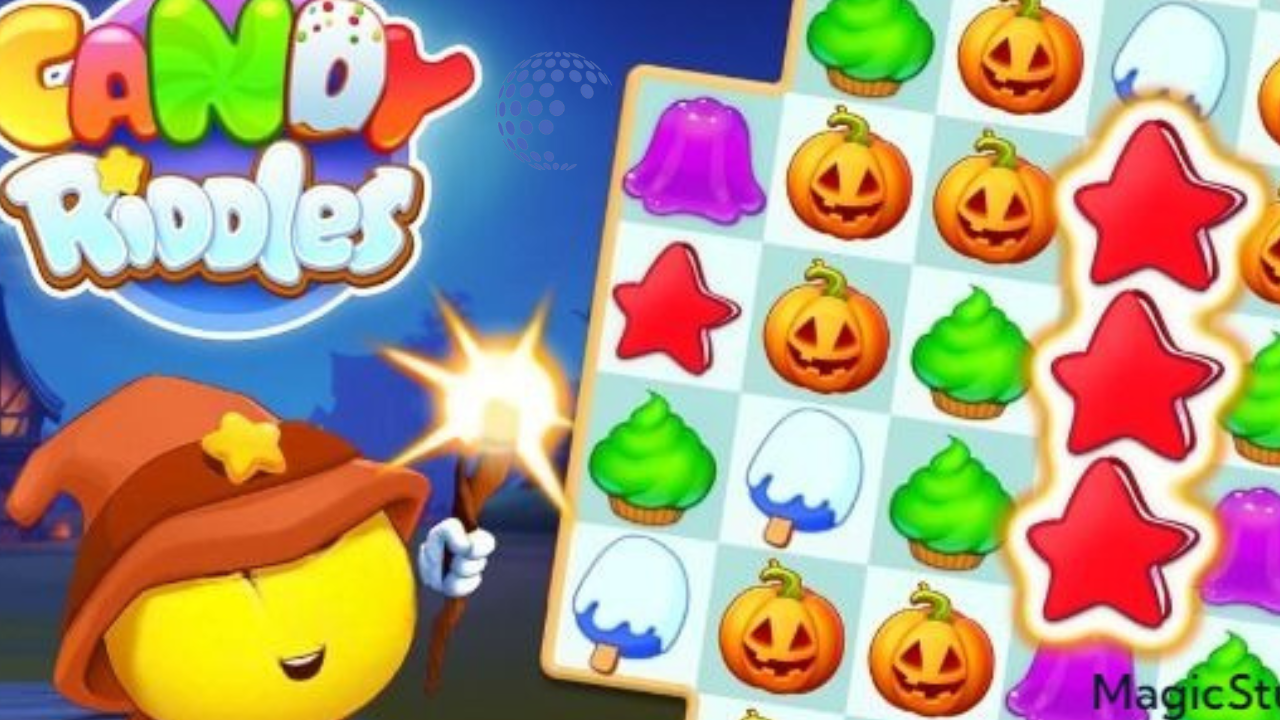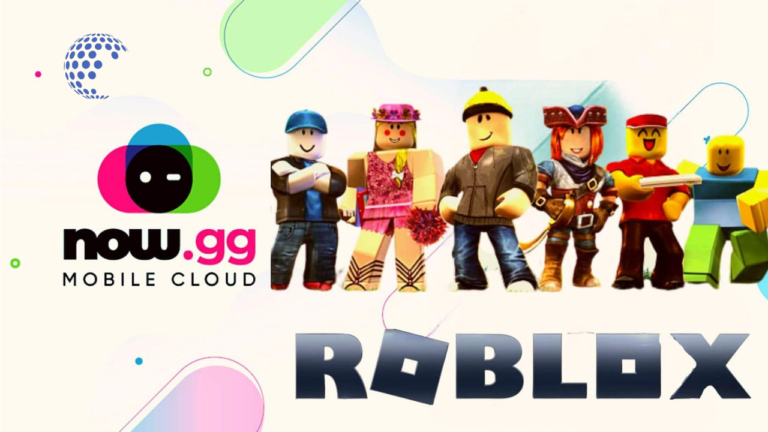Candy Riddles Crazy Games: A Sweet Escape into Brain-Teasing Fun

Candy Riddles Crazy Games
In a world where entertainment options are endless, “candy riddles crazy games” emerge as a unique blend of brain-teasing fun and sugary delight. These games have captivated audiences of all ages, offering a sweet escape from the mundane while challenging the mind in unexpected ways. From mobile apps to party games, candy riddles bring together the best of both worlds: the pleasure of indulgence and the satisfaction of solving puzzles. This article delves into the fascinating realm of candy riddles and crazy games, exploring their origins, popularity, and the reasons behind their widespread appeal.
The Sweet Origins of Candy Riddles
Candy riddles have a surprisingly rich history, intertwining with the evolution of both candy and puzzle games. The concept of riddles dates back to ancient times, with some of the earliest examples found in Greek and Roman literature. These brainteasers were often used to challenge and entertain, requiring clever thinking and a sharp mind. The inclusion of candy into the mix, however, is a more recent development, likely spurred by the modern obsession with both sweets and engaging, mentally stimulating activities.
The 20th century saw the rise of candy as a popular treat, with innovations in confectionery leading to a plethora of options available to consumers. Around the same time, puzzle games began to gain traction, particularly with the advent of crossword puzzles and later, electronic games. It was only a matter of time before these two worlds collided, giving birth to candy riddles. Initially simple in nature, these games often involved guessing candy types based on cryptic clues or matching candies to corresponding riddles. As technology advanced, so too did the complexity and variety of these games.
The Mechanics of Candy Riddles
At the heart of candy riddles lies the challenge of connecting seemingly disparate pieces of information to arrive at a satisfying solution. These games typically present a series of clues, often phrased in playful or tricky language, that players must decipher to identify a particular type of candy. For example, a riddle might describe a candy bar as “a celestial body with a nutty disposition,” leading players to guess “Milky Way.” The satisfaction derived from solving these puzzles comes not just from arriving at the correct answer, but from the process of unraveling the clues.
Candy riddles can be found in various formats. Traditional pen-and-paper versions may be included in puzzle books or printed as part of promotional materials for candy companies. Digital versions, however, have become increasingly popular. Mobile apps and online games offer interactive experiences where players can solve candy riddles at their own pace, often with the added incentive of earning points or unlocking new levels. These digital platforms also allow for the incorporation of multimedia elements, such as images and sound effects, to enhance the overall experience.
The Allure of Crazy Games
What makes candy riddles particularly appealing is their association with “crazy games” – a term that broadly encompasses any game characterized by its unconventional, unpredictable, and often humorous nature. Crazy games are designed to break the mold, offering players a respite from more serious or structured gameplay. They often incorporate elements of surprise, absurdity, and whimsy, making them perfect companions to the lighthearted fun of candy riddles.
Crazy games, including those featuring candy riddles, tap into the human desire for novelty and amusement. They provide an outlet for creativity and imagination, allowing players to explore scenarios that are far removed from their everyday experiences. The combination of mental challenges and playful elements makes these games highly engaging, encouraging players to return again and again.
The Role of Technology in Candy Riddles
The digital age has revolutionized the way we interact with games, and candy riddles are no exception. Mobile apps and online platforms have expanded the reach of these games, making them accessible to a global audience. With just a few taps, players can dive into a world of sweet puzzles, competing with friends or strangers from around the world. The integration of social features, such as leaderboards and multiplayer modes, adds a competitive edge that further enhances the appeal.
Technology also allows for continuous innovation in game design. Developers can experiment with new types of riddles, incorporating elements such as augmented reality (AR) or virtual reality (VR) to create immersive experiences. For instance, an AR game might allow players to “hunt” for virtual candies in real-world environments, solving riddles to unlock clues and rewards. These advancements ensure that candy riddles remain fresh and exciting, constantly evolving to meet the changing tastes of players.
The Educational Benefits of Candy Riddles
Beyond their entertainment value, candy riddles offer a range of educational benefits. They promote critical thinking and problem-solving skills, requiring players to analyze information, recognize patterns, and make connections. This mental exercise can be particularly beneficial for children, helping to develop cognitive abilities in a fun and engaging way. Moreover, the element of play inherent in these games makes learning feel less like a chore and more like an adventure.
Candy riddles can also serve as a tool for social interaction and collaboration. Group games encourage communication and teamwork, as players work together to decipher clues and solve puzzles. This collaborative aspect can strengthen relationships and foster a sense of community, whether in a classroom, at a party, or within a family setting. Additionally, the positive reinforcement of successfully solving a riddle can boost confidence and self-esteem, providing a sense of accomplishment that can carry over into other areas of life.
Popular Candy Riddle Games
Several candy riddle games have gained popularity in recent years, each offering its own unique twist on the genre. “Candy Crush Saga,” for instance, while primarily a match-three puzzle game, incorporates elements of candy riddles through various challenges and levels. Players must strategize to complete objectives, often using clues and hints related to different types of candy.
Another popular game is “Candy Riddles: Free Match 3 Puzzle,” which combines traditional match-three mechanics with riddle-solving elements. Players progress through levels by solving riddles and matching candies, with each stage presenting new and increasingly difficult challenges. The game’s colorful graphics and whimsical design make it appealing to players of all ages.
“Sweet Escapes” is another noteworthy example, blending candy riddles with a narrative-driven experience. Players help a group of animals build and decorate their own sweet shops by solving riddles and completing puzzles. The game’s charming storyline and engaging characters add depth to the gameplay, making it more than just a series of puzzles.
The Future of Candy Riddles and Crazy Games
As technology continues to advance, the future of candy riddles and crazy games looks bright. The integration of artificial intelligence (AI) and machine learning could lead to more personalized gaming experiences, with riddles tailored to individual players’ preferences and skill levels. This customization could enhance engagement and ensure that games remain challenging and enjoyable over time.
Moreover, the growing trend of gamification in various industries suggests that candy riddles could find new applications beyond entertainment. For example, educators could use candy riddles as a teaching tool, incorporating them into lesson plans to make learning more interactive and enjoyable. Similarly, businesses could use candy riddles in marketing campaigns to engage customers and promote products in a fun and memorable way.
Read More
Conclusion
Candy riddles crazy games represent a delightful fusion of sweet indulgence and mental challenge. Their appeal lies in their ability to entertain and educate, offering a playful escape from the everyday while stimulating the mind. As technology continues to evolve, these games will likely continue to captivate audiences, providing endless hours of fun and enrichment. Whether enjoyed solo or with friends, candy riddles and crazy games offer a unique and satisfying experience that is sure to remain popular for years to come.






